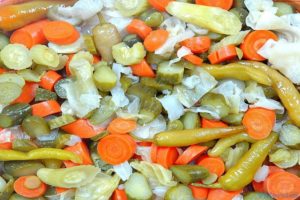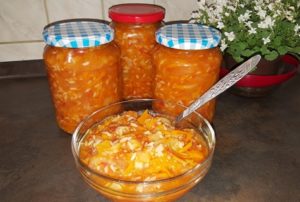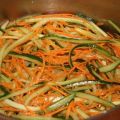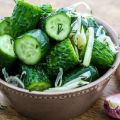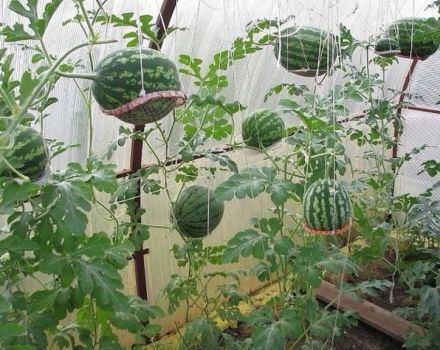How to understand why cucumbers in jars grow cloudy and what to do to prevent a white precipitate from forming
Making homemade preserves requires certain skills and dexterity, not to mention following the recipe. Therefore, the disappointment of any hostess is great, at least once faced with a similar problem. You can find out why cucumbers in jars grow cloudy and what can be done if this happens by reading our material.
Causes of clouding of cucumbers in banks
There can be several explanations for this strange behavior of pickled or pickled vegetables, and each has its own reason. It so happens that the solution, along with the cucumbers, just turns white and nothing else happens. It is believed that nothing happens by itself, which means that it is necessary to look for the root causes of such strange phenomena.
They are most often the following:
- The cucumbers were not washed well enough; small particles of debris and soil remained on them, which, once in a confined space, led to fermentation. This also includes the contamination that got along with the spices for conservation.
- The problem is with the cans: they were dirty or they were washed with synthetic products (usually it is recommended to use chemically neutral and harmless baking soda).
- Instead of ordinary table salt, they used sea or iodized salt - they contain components that cause a gradual clouding of the brine.
- Poor sterilization of cans, lids, and not only empty ones, but also at the final stage, when processing is performed before seaming.
- Poor quality caps, chips or cracks in the neck - all this leads to air ingress and inevitable fermentation.
In addition to these, there are reasons that have nothing to do with the conservation process. These are cucumbers that contain a lot of chemicals (nitrates), are too old or varieties that are not intended for long-term storage.

Important. Household experience means more than the smartest advice. You do not know how to solve the problem, why the lids are swollen, or you are not sure of a successful outcome - it is better to throw away the spoiled canning and try to do everything right.
Health is more valuable than experiments in the kitchen, especially with questionable results.
Are cucumbers edible with cloudy brine?
It is impossible to answer this question unequivocally, since there is always, albeit a tiny, possibility that botulism bacilli accidentally got into a jar of pickled or pickled cucumbers, lovingly prepared for long-term storage.
At the very least, those who have consumed the "sparkling" product are in danger of indigestion, or even serious poisoning. Therefore, a simple method of identifying the severity of the problem is usually used so that you can then decide whether it is worth the candle.
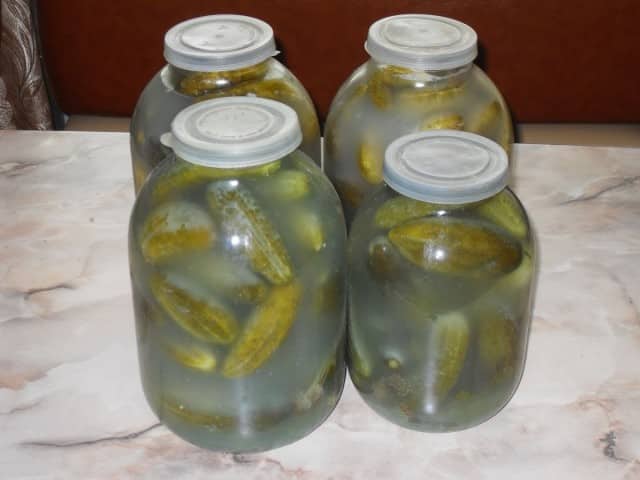
Example 1. When catastrophic changes in brine or marinade color are detected within 2-3 days after seaming, it is sometimes advisable to try to rectify the situation. As practice shows, the solution becomes cloudy if lactic acid fermentation takes place in it (which in itself is not so terrible), but it is not possible to stabilize the process due to the lack (complete absence) of an important component - vinegar.
If, moreover, the lid is not swollen, then we can safely recommend a simple solution: the jar must be opened, and the brine must be poured out of it.
Then there are 2 ways - use the "old" brine or cook fresh. In any case, the cucumbers, without taking them out of the container, are rinsed with boiling water, left for 5 minutes, then transferred to the solution. The new (remaining) brine is brought to a boil, vegetables are poured into a jar, vinegar is added according to the dosage, and then sterilized and rolled up.
Example 2. If the solution becomes cloudy without deformation of the lid, such cucumbers, in most cases, are quite edible. One has only to transfer the jars with them to the refrigerator and observe for 7-10 days. Most often, after a specified time, all the sediment will be at the bottom, and the contents will again become transparent. Sometimes such "improperly salted" cucumbers are successfully used for pickle or vinaigrette, where their taste will not harm other ingredients.
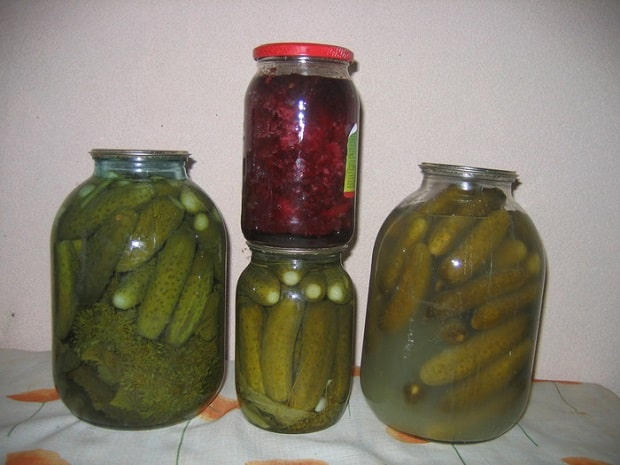
Example 3. Both signs of fermentation are present - cloudy brine and swollen lid. In this case, it is categorically not recommended to eat cucumbers, since there is a great danger of pathogenic bacteria entering the brine. You can, of course, take a chance, but the result will be unpredictable. And at stake is the human life of the mistress and her loved ones.
How to reanimate cloudy conservation
There is no one-size-fits-all solution to the problem; sometimes it's easier to cook something over than to fix it. Simply put, throw away spoiled products, then carefully follow the technology. Timing is important for a start: the earlier the signs of fermentation are found, the better. It is then noted whether the shape of the caps has changed (whether there is any swelling).
If not, then the chances of success increase: you can try to pour out the solution, rinse or sterilize the cucumbers, and then fill them with fresh solution. Most often it works: vegetables are poured over boiling water right in the jar, kept for several minutes, the liquid is poured, then the container is filled with a freshly prepared solution.
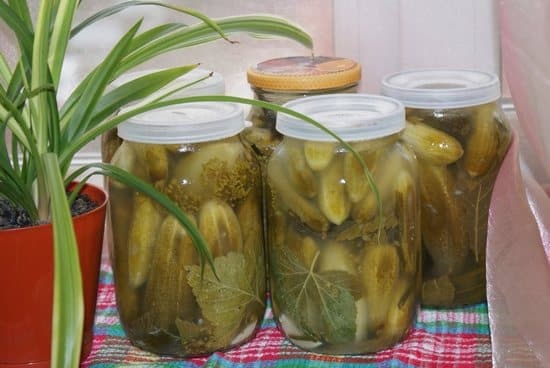
Be sure to add vinegar, after which it is canned as usual: sterilization, rolling, holding in an upside-down position for 24 hours. So you can redo an unsuccessful salting.
You should be prepared for the fact that the taste of such cucumbers will differ slightly from the classic one, so experienced housewives use "spoiled" cans for making soups or stewing vegetables.
Manipulation of fermented cucumbers should be undertaken if there are no signs of rapid bacterial development (lid swelling). In any case, there is a small chance of food poisoning from improperly processed canned food.
Ways to prevent the appearance of "suspicious" sediment
There are not many of them, but they are. Firstly, this is a thorough processing of vegetables before conservation: removal of tails, damaged areas, cleaning from dirt (many experienced housewives soak cucumbers for several hours before pickling, then rinse thoroughly again).

Secondly, these are clean cans washed with soda without traces of food, garbage, detergents, as well as new (not reusable!) Seaming caps without damage, deformation, with rubber bands in good condition.The same category includes the absence of visible and tangible damage on the neck of glass containers, cracks, chips, casting defects.
Thirdly, scrupulous adherence to the recipe: if the compiler recommended boiling the solution for 10 minutes and adding vinegar, then this is what you need to do. You should use only proven recipes, from which no one is guaranteed to get food poisoning or worse.
Fourthly, pickling, as a preservation method, is more effective than just pickling cucumbers: if the technology is followed closely, even an inexperienced housewife in this case has more chances to avoid mistakes.
And fifthly, do not skimp on your health: use only fresh vegetables, quality ingredients, follow advice from trusted sources. Then nothing threatens you for sure, and among the stocks for the winter there will always be crispy, tasty, strong pickles.
